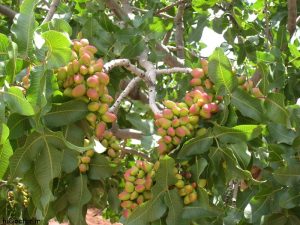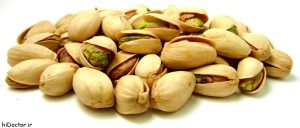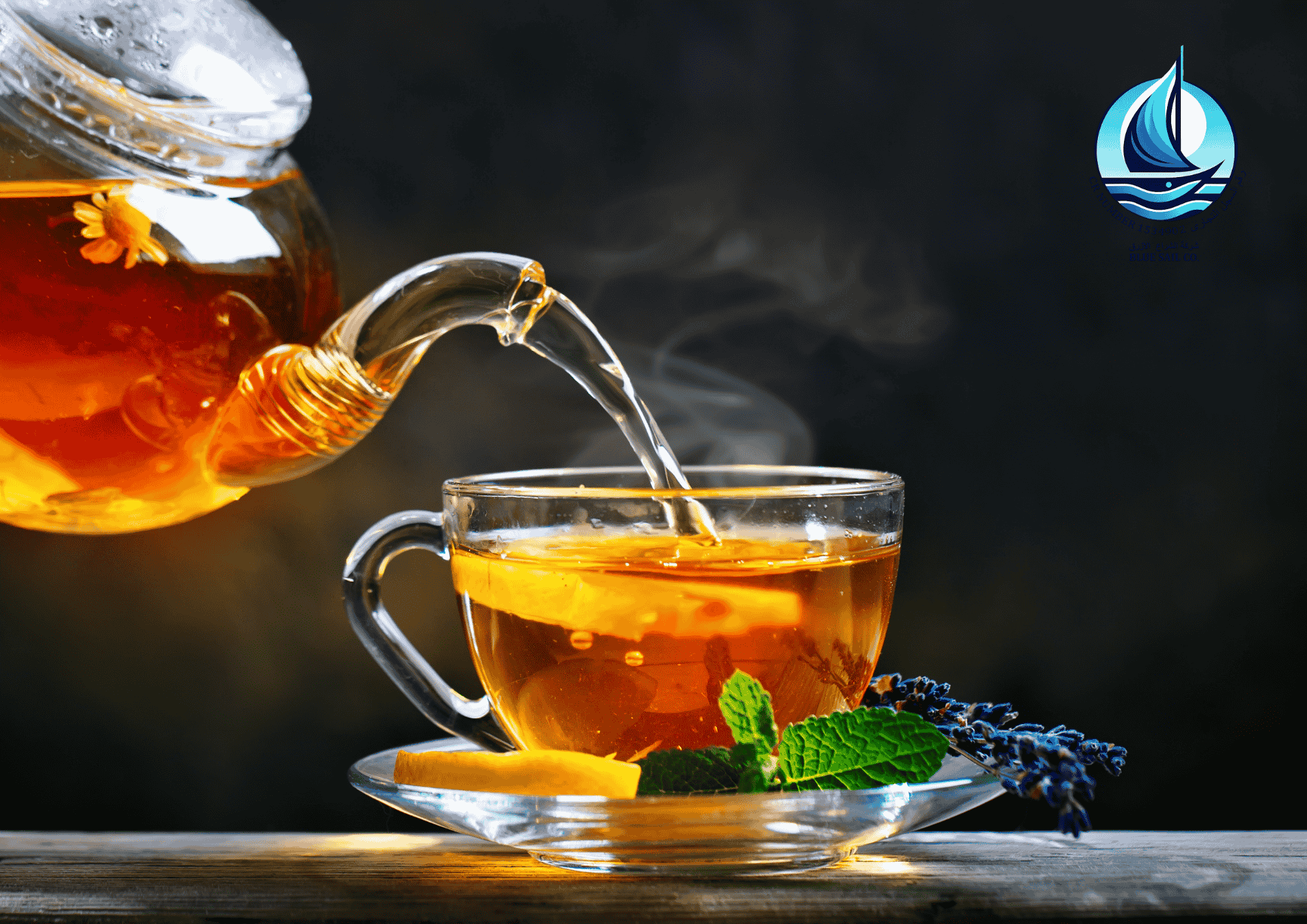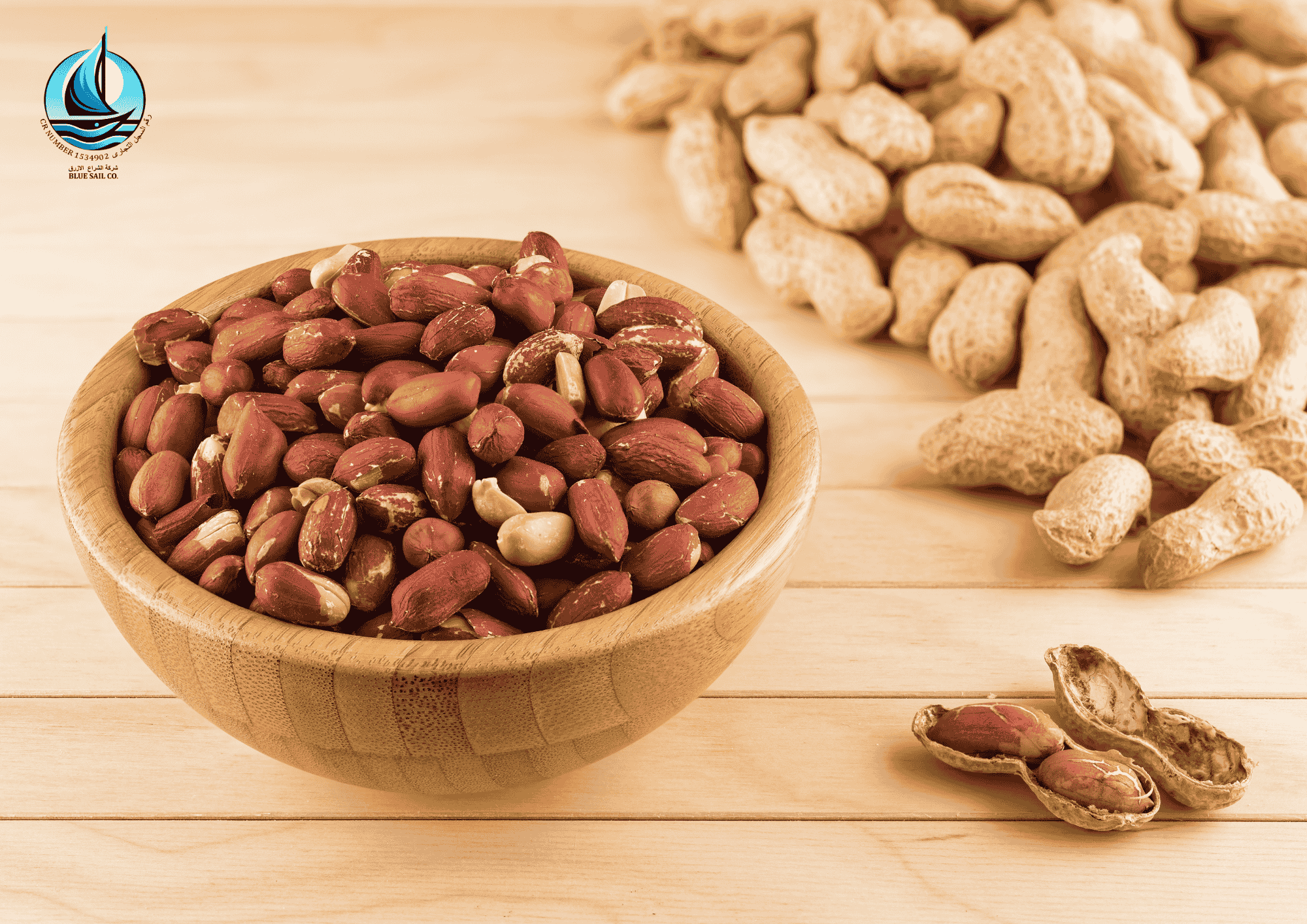The Global Pistachio Industry: Trends, Transactions, and Market Dynamics

Introduction
Pistachios, often dubbed the “smiling nut” due to their distinctive split shell, are a popular and nutritious snack enjoyed worldwide. These nuts have a long history of cultivation and consumption, but the modern pistachio industry is a complex and rapidly evolving market. This article delves into the pistachio industry, exploring production, market trends, and global transactions.

Pistachio Production
Pistachio cultivation requires specific environmental conditions, including a temperate climate with hot, dry summers and cold winters. The primary pistachio-producing countries are:
- United States: The U.S. is a major player in the global pistachio market, with California being the largest production region. California’s San Joaquin Valley is renowned for its pistachio orchards, contributing significantly to the country’s production and exports.
- Iran: Iran is one of the oldest pistachio producers and remains a leading global exporter. Iranian pistachios are known for their quality and come in various varieties, including the popular Fandoghi and Ahmadaghaii.
- Turkey: Turkey is another key player, with significant pistachio cultivation in regions such as Gaziantep. Turkish pistachios are valued for their unique flavor and are a staple in local cuisine.
- Syria: Syria also contributes to global pistachio production, though political instability has impacted its output and export capabilities in recent years.
- Greece and Italy: These Mediterranean countries have emerging pistachio industries, with Greece in particular expanding its production in recent years.
Market Dynamics
The global pistachio market is driven by various factors, including consumption trends, production levels, and international trade:
- Consumption Trends: Pistachios are consumed as snacks, used in cooking and baking, and incorporated into products such as pistachio ice cream and confectioneries. Their nutritional benefits, including high protein content and healthy fats, contribute to their popularity.
- Price and Market Trends: Pistachio prices can be volatile, influenced by factors such as weather conditions, crop yields, and global demand. The market has seen fluctuations in prices due to varying production levels in key regions and changes in trade policies.
- Global Trade: The pistachio trade is substantial, with major exporting countries like the U.S. and Iran supplying markets across the globe. The U.S. exports a significant portion of its production, with major importers including China, Europe, and the Middle East.
- Processing and Value Addition: Pistachios are processed into various forms, including roasted, salted, and flavored varieties. Value-added products, such as pistachio butter and pistachio-based desserts, are gaining traction in the market.

Global Transactions
The pistachio industry is characterized by dynamic international transactions:
- Exports and Imports: The U.S. and Iran are the top exporters, while countries like China and India are major importers. The EU also imports significant quantities of pistachios, with a focus on high-quality nuts for gourmet products.
- Pricing Trends: The price of pistachios can vary based on factors such as supply chain disruptions, tariffs, and seasonal variations. For example, prices might rise if adverse weather conditions affect harvests in major producing regions.
- Challenges and Opportunities: The pistachio industry faces challenges such as pest infestations, water scarcity, and geopolitical tensions affecting trade. However, opportunities exist in expanding market segments, such as organic and sustainably sourced pistachios, which cater to the growing consumer demand for ethical and health-conscious products.
- Trade Policies and Agreements: Trade agreements and policies play a crucial role in shaping the pistachio market. Changes in tariffs, trade restrictions, or international agreements can impact the flow of pistachios between countries and influence market prices.
Sustainability and Future Prospects
Sustainability is becoming increasingly important in the pistachio industry. Efforts to improve water usage, reduce pesticide reliance, and promote fair trade practices are gaining momentum. Additionally, advancements in agricultural technology and breeding techniques are expected to enhance production efficiency and crop resilience.
The future of the pistachio industry looks promising, with growing global demand driven by health trends and culinary innovation. As producers adapt to changing market conditions and consumer preferences, the industry is likely to continue evolving and expanding.
Conclusion
The global pistachio industry is a vibrant and complex sector characterized by significant production and trade dynamics. With its rich history, evolving market trends, and the promise of continued growth, pistachios remain a key player in the global nut market. Understanding the nuances of production, market trends, and international transactions provides valuable insights into this fascinating and thriving industry.





